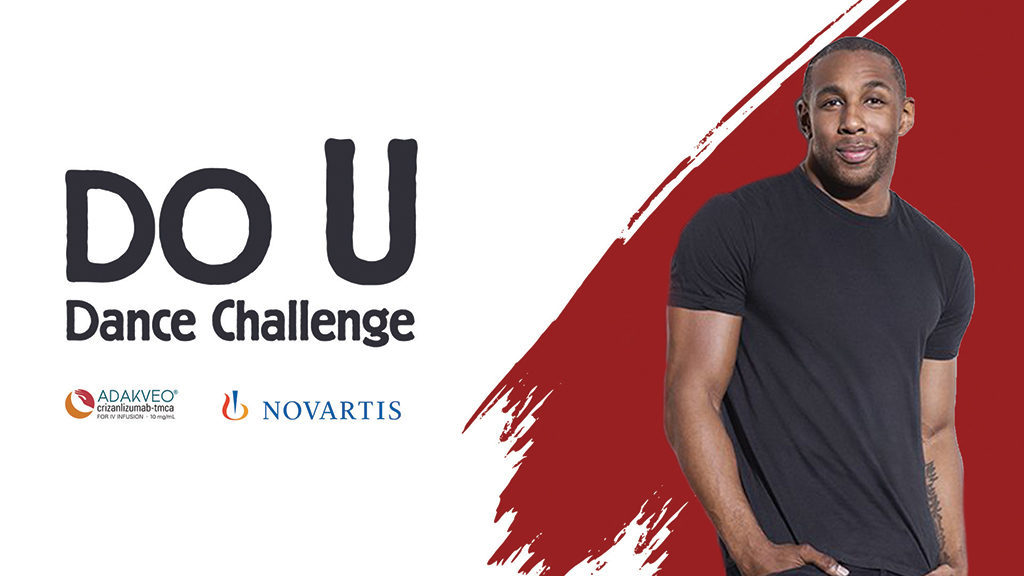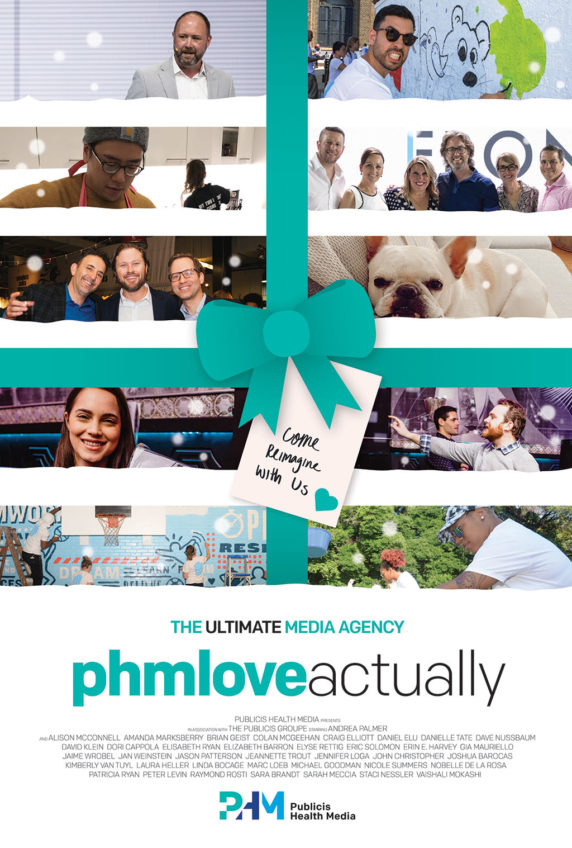For all the year’s roller-coaster moments, Publicis Health Media president Andrea Palmer points to a single day in October as particularly memorable. As part of its #PHMLove initiative, the agency had chosen to partner with the Trevor Project and, on that day, presented its plan to help the nonprofit combat suicide in LGBTQ youth.
“Almost immediately, my inbox was flooded with responses that were so enthusiastic,” Palmer recalls. “It wasn’t just, ‘This is great.’ It was, ‘How can I make sure I’m on the team?’”
The agency, named a Best Place to Work for LGBTQ Equality by the Human Rights Campaign, already had credibility around such issues. But Palmer believes that the strong internal response also stemmed from long months of pondering the global health crisis — including its mental health implications — from so many angles. “Helping underserved populations is why we do what we do,” she adds.

While PHM was forced to reconfigure its HealthFront media event for virtual consumption, the pandemic year otherwise saw the agency grow revenue (by 16%, from $95 million in 2019 to $110 million) and staff size (from 498 to 527). Additions included group VP, business intelligence Jennifer Loga, who joined from Healthline Media; group VP for media Martha Peterson, from CMI; and SVP for media Dori Cappola, from Klick Health.
PHM added a wealth of new services during the year, including Wellscore and Wellscape, a qualitative assessment tool designed to distill media and market insights into a digestible, actionable format. “It helps us help clients by uncovering true white spaces,” Palmer explains. “We’re doing more than figuring out how to outspend. It helps us outsmart.”
Another addition was PHM Connect, which the agency characterizes as a “bespoke center of excellence” that combines the buying power of Publicis Media with the healthcare expertise of PHM for offline planning and activation. Blueprint Rx, another planning tool, unifies publisher and client data to provide direction on HCP reachability, overlap and alignment.
Finally, PHM introduced Care Pathways, which maps a patient’s treatment path from symptoms to eventual treatment. According to Palmer, it aids clients in sniffing out new opportunities for impactful brand engagements. “We want to uncover micro-moments of opportunity and find unique care gaps,” she says.
Taken collectively, Palmer believes the additions help PHM “retain the spirit of a startup” even as it has long since blown past the $100 million revenue mark. “It’s important to us to maintain a creator culture and spirit of innovation. It’s not only a differentiator, but one that serves our clients and their customers well,” she notes.
Meanwhile, the agency could be excused if it chose to take a victory lap on Validated By PHM. Introduced in 2019, the platform was created to ensure that brand content only lands in or around brand-safe environments. “Misinformation certainly isn’t a new problem, but this year it caused severe harm,” Palmer says. “We need to make sure the information we put out there and the information we align with is factually backed up.”
Ultimately, Palmer thinks the industry will emerge from the pandemic stronger than ever before. “Through it all — this bitter presidential election, COVID-19, the questions about trust — pharma rose to the challenge. They responded quickly.”
. . .
The idea I wish I had…
Moderna’s About mRNA educational site. There has been much hesitation and misinformation about the COVID-19 vaccines, so educational resources are key. This one is easy to understand and fun to explore. — Andrea Palmer
From the June 01, 2021 Issue of MM+M - Medical Marketing and Media







